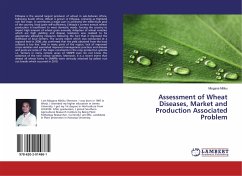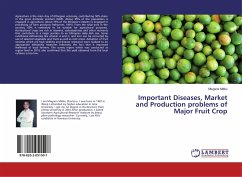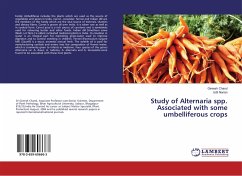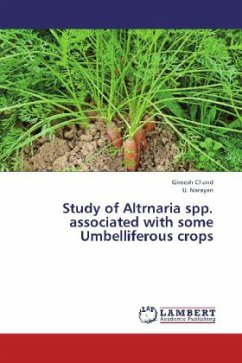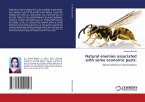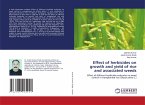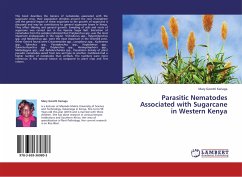Ethiopia is the second largest producer of wheat in sub-Saharan Africa, following South Africa. Wheat is grown in Ethiopia, primarily as Highland rain fed crops. It contributes a major part in achieving the millennium goal of the country, food grain self-sufficiency. Ethiopia's current annual wheat production is insufficient to meet domestic needs, forcing the country to import high amount of wheat grain annually. Adoption of wheat varieties which are high yielding and disease resistance was realized to be appropriate alleviating measures following the fact that it improved the livelihood of local farmers. The survey report which was conducted at a regional level in 2008, also confirmed that the yield obtained from the local cultivars is too low. And in many parts of the region, lack of improved crops varieties and associated improved management practices and disease and pests are some of the major constraints in the crop production systems i.e. farmers in many remote areas of SNNPR even do not know the existence of the new wheat varieties. Moreover, it is a recent event that almost all wheat farms in SNNPRs were seriously attacked by yellow rust out breaks which occurred in 2010.
Bitte wählen Sie Ihr Anliegen aus.
Rechnungen
Retourenschein anfordern
Bestellstatus
Storno

